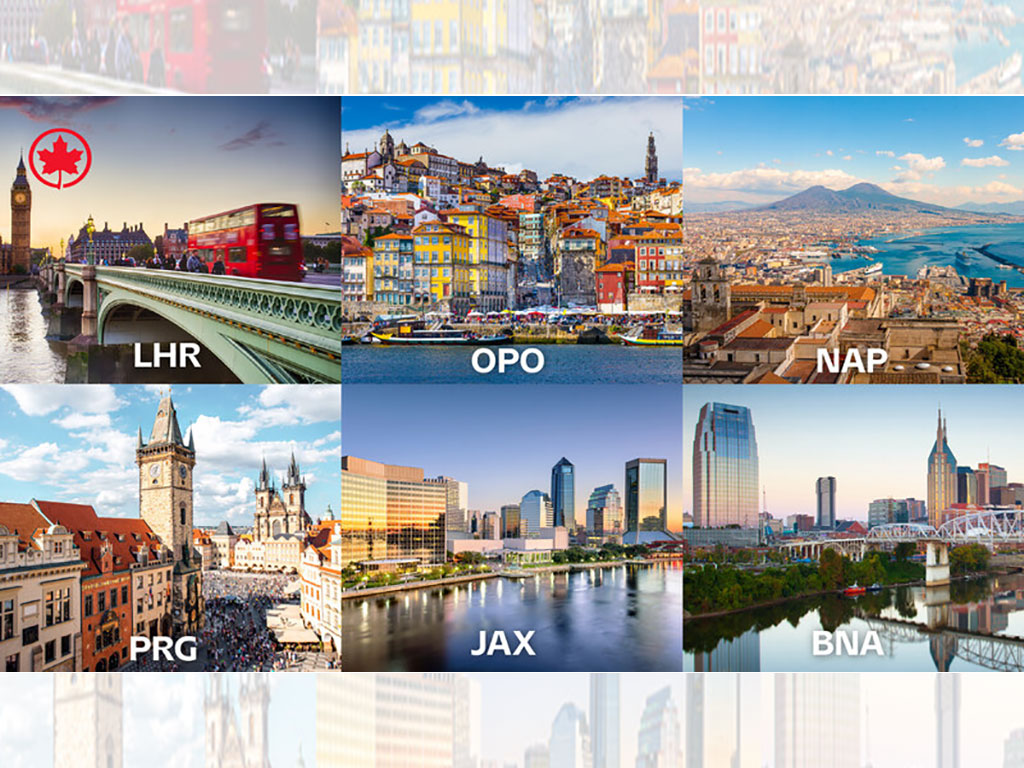US Travellers Staying Close To Home

In its latest Travel Intentions Pulse Survey, MMGY Travel Intelligence, reports that only 36% of U.S. travellers intend to take a domestic leisure trip in the next six months.
When asked about travelling after the pandemic subsides, the preference is to still travel domestically and closer to home. Fifty-seven percent of travellers say that following the pandemic they are more likely to book travel to U.S. destinations, and 43% expect to travel to destinations closer to home.
Currently, about one-third of travellers remain committed to postponing, rather than cancelling, scheduled travel for the months ahead. Activities with the longest booking windows, such as vacation rental homes and cruises, are the most likely to remain unchanged.
As for how far from home, travellers are willing to go, MMGY found that a third of all travellers (32%) say they are willing to drive 300 miles or more (one way) to reach their vacation destinations over the next six months. Of that group, 19% report being willing to drive 500 miles or more.
MMGY Travel Intelligence has been conducting the Travel Intentions Pulse Survey (TIPS), commissioned by the U.S. Travel Association, since the end of March to measure the impact of COVID-19 on U.S. leisure and business travellers. The most recent results are from Wave IV of the survey, which was conducted the first week of May.
Additional key findings from Wave IV of the survey include:
- Travellers continue to feel safest when traveling by personal vehicle (68%), and when visiting outdoor destinations such as parks (34%) and the beach (26%).
- Overall, the likelihood to travel and stay in a hotel increases as travellers get older. However, younger travellers are more likely to engage in travel activities such as attending a concert or a sporting event during the next six months. While the youngest respondents’ (age 18–34) concerns about contracting COVID-19 declined slightly, the concern they expressed about others in their household contracting the virus increased from 63% in Wave III to 69% in Wave IV.


